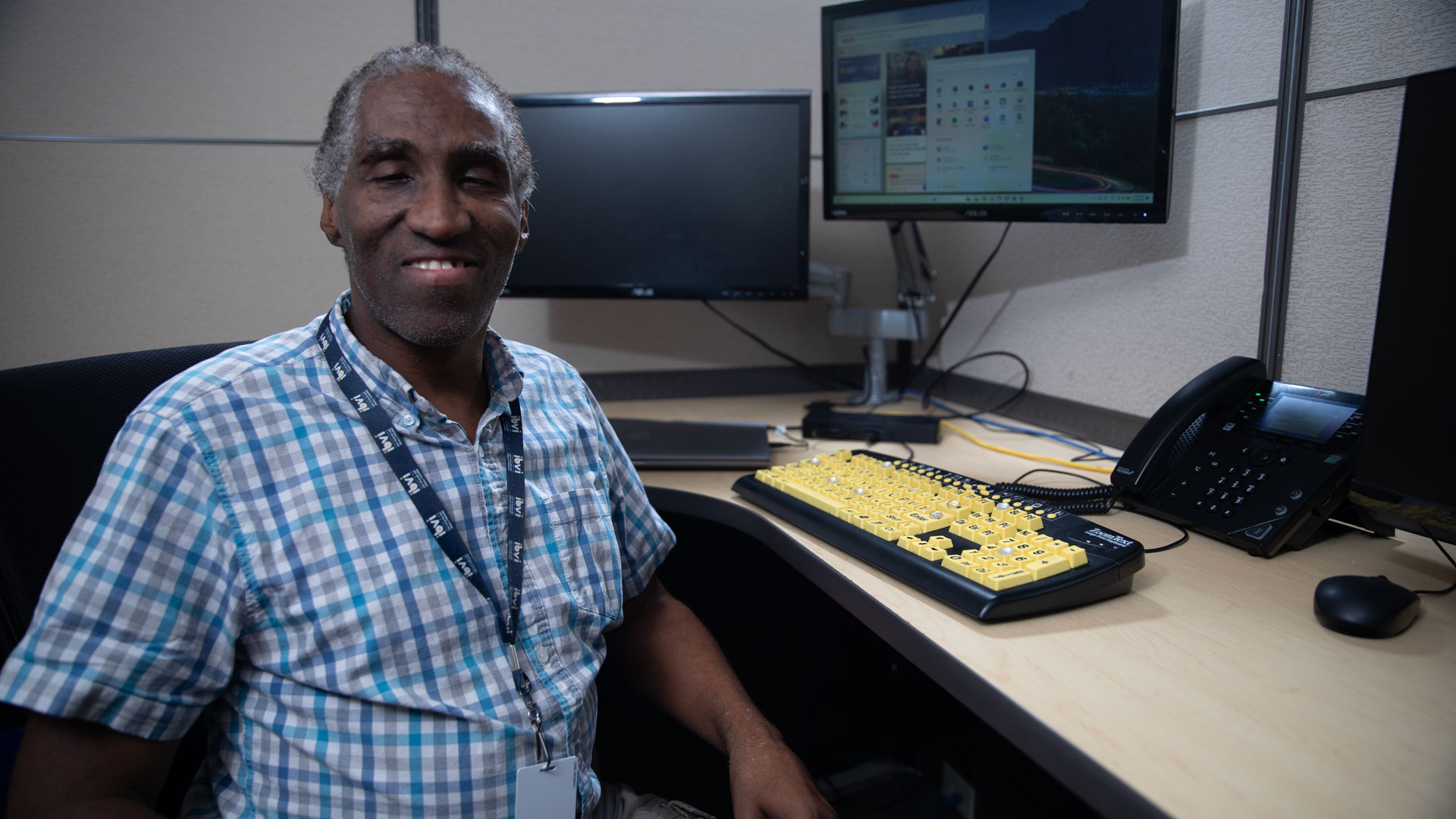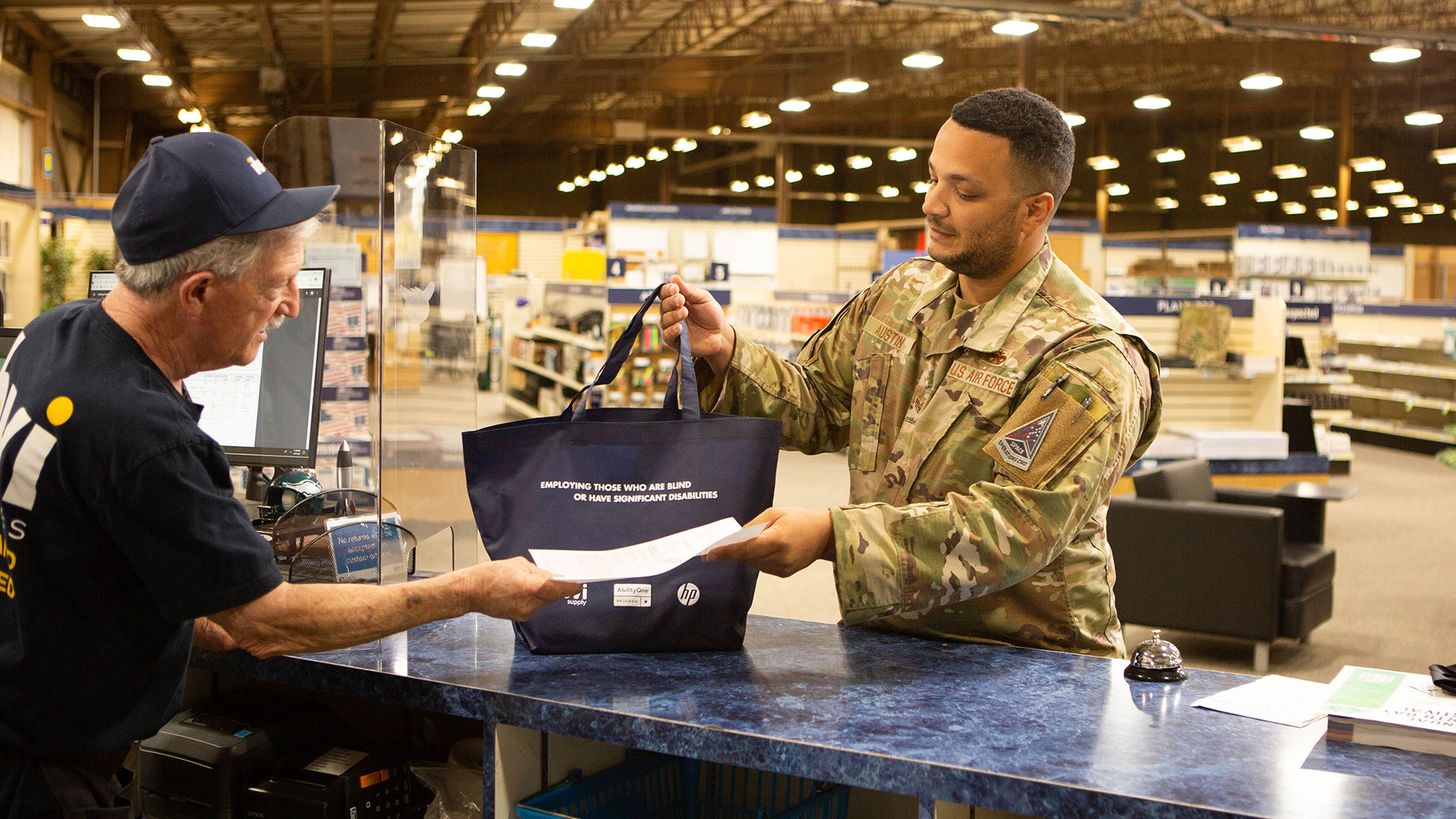At IBVI, we’re proud of our ability to offer complete, end-to-end management of complex kitting programs—from warehousing, strategic sourcing, supply chain planning, and logistics. With extensive knowledge of the different requirements and standards used by the Federal Government and Military, we’re precisely capable and equipped to design, source, and produce the fully compliant, custom products and kits our customers need—when they need them. We asked our Government Programs Operations Director, Jeff Martinelli, to tell us more about how the process works.
How customizable are these kits?
It’s not so much about “our kits” being customizable, but rather that we’re equipped to offer versatile kitting capabilities. There’s a key difference. When it comes to customization, our focus is on understanding the unique needs of each client and then tailoring our services accordingly. In that light, it’s all about meeting the need. We have the flexibility to accommodate a wide range of requirements and project goals, with two exceptions. Those being IBVI won’t handle hazardous materials or any items on the International Traffic and Arms Regulations (ITAR) list for exports. Not dealing with these types of items allows us to ensure compliance with government regulations.
Who do you usually serve with these kitting projects?
Our largest contract is with the US Army, but we also do kitting projects for all branches of the US Military, and additional projects through our IBVI Custom division and various other departments within IBVI.
Some may be unfamiliar with the term “kitting,” or what the process entails. That’s partly because some companies use different terminology like “packaging” to describe the same process. Despite the terminology differences, the core process remains the same.
The bulk of our kitting projects tend to fall within two main categories: Commercial or Government projects. Here’s how the two processes differ:
- Commercial
We first meet with potential customers to identify any bottlenecks or challenges within their operations. By understanding their non-core functions and related expenses, we try to determine where we can best step in to help out. This may involve assembling kits, packaging parts for later assembly, or similar processes. Our approach is entirely based on the specific needs of the customer, that way we can ensure a customized solution for each client. - Government
Government projects are a little bit different as they tend to have kits already designed. But, when we partner with our military customers, we set up an AbilityOne® service contract so they can order a variety of kits at smaller quantities if need be. Otherwise, a product contract is established, which means the same kit will be produced or copied in large quantities under a set product number. Providing this level of customization allows them to include any specific components or requirements they need in their kits depending upon the project.
What are some examples of unique custom kits you’ve produced?
Within our kitting division, we have a specialized unit called the Tool and MRO (Maintenance, Repair, and Overhaul) division that’s dedicated to creating one-of-a-kind custom kits, primarily focused on tool kits. These tend to be all-in-one kits which might include specialty tools or parts for specific jobs.
One example of this was a project we completed for the Air National Guard. They needed a kit for the group of Airmen that are sent out during natural disaster relief efforts to locate injured survivors. They realized the process to get them ready for their mission was taking a lot of time, and since every minute in those situations is critical, they wanted to design a DOM OPS kit (Domestic Operations Kit) to help save time. Based on their needs and requirements, IBVI was able to come up with the Direct Response Aid Kit (DRAK) to help them solve this issue.
So we designed 12 prototypes that were used in several training exercises in central Wisconsin. Afterwards, we got feedback, made tweaks, and now the completed kits are available in our Base Supply stores. It’s a great example of something we put together from scratch that was strictly based on the customer’s needs.
What’s the process of working with a customer to create custom kits?
The process can vary depending on how complex the project is, and if it’s for a commercial company or the government. The government process is a bit more complicated because it involves steps that need to be completed through the AbilityOne program.
We prefer to use the AbilityOne process, because otherwise the government would put the job out for solicitation. If it’s a product project or service contract project, we begin working with the customer through the addition process. From there, we complete the Request for Assignments (RFA) and related steps through the National Industries for the Blind, and the process typically takes up to 12 months.
The process is slightly different with commercial customers. It’s more about meeting them, understanding their needs, and understanding what specific problem they are having. It’s important we identify what the true needs of the customer are first and foremost. Once we have a grasp on that, we can evaluate things internally whether it’s something that makes sense for us to do. From there we can put together a solution, present it to them, and make sure it meets all of their requirements.
What can a customer expect when working with IBVI on a kitting project?
First, as mentioned before, they’ll find that customer satisfaction and order accuracy are paramount. We like to think of our kitting hub as a place where innovation meets flawless execution. For each project we are given, the customer’s requirements become our requirements, and what they need will always be of utmost importance to us.
The other thing customers can expect is that we take pride in our attention to detail. We have very thorough processes here at IBVI, and we have ISO 9001 certification to back that up. We closely monitor the kitting project from start-to-finish. And this goes for every detail—how we package the items within the kit itself, if we need adjustments to the layout, or if there’s additional packing that needs to be done, etc. If so, or if we come across additional spec requirements, those things will be taken care of in order to meet all necessary standards. These are things we pay close attention to.
People think that kitting is easy, or that it’s just putting things into a container. It’s so much more than that! Saying the former doesn’t factor in all the specs and requirements involved, and the questions needed to be asked in order to execute each project correctly.
At the end of the day, when the customer goes to get their product, we want it to be perfect. We’ll make sure that the order is on-time and that everything is right there, ready to go. That’s the goal. This means everything to the customer because choosing to partner with us is going to save them time, space, and money by not having to do it themselves. And we take that very seriously.
For more information about our kitting services, don’t hesitate to contact us.


